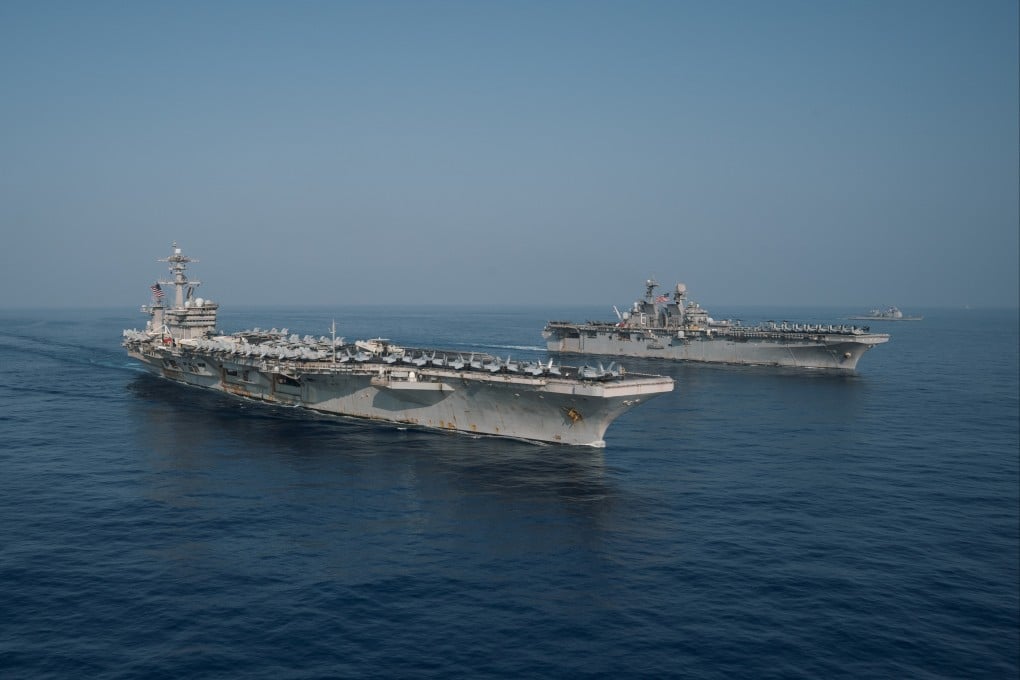Politico | Pentagon considers permanent naval task force to counter China in the Pacific
- Sources say creating the task force and a named military operation would add muscle to US President Joe Biden’s tough talk on China
- This comes as Nato leaders this week declared Beijing a security challenge and said the Chinese are working to undermine global order

The Pentagon is considering establishing a permanent naval task force in the Pacific region as a counter to China’s growing military might, according to two people familiar with internal discussions.
The plan would also involve creating a named military operation for the Pacific that would enable the US defence secretary to allocate additional dollars and resources to the China problem, said the people, who requested anonymity to discuss pre-decisional plans.
The news comes as Nato leaders are increasingly aligning themselves with Washington’s confrontational stance on Beijing. Four years after former president Donald Trump made countering China a top foreign policy priority, Nato allies this week declared Beijing a security challenge and said the Chinese are working to undermine global order.